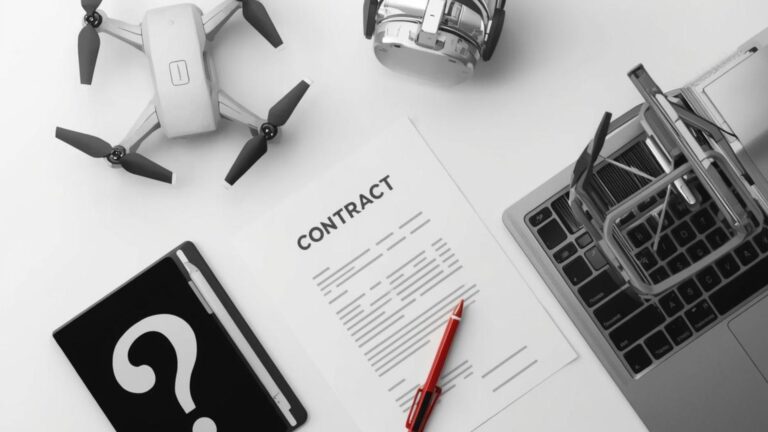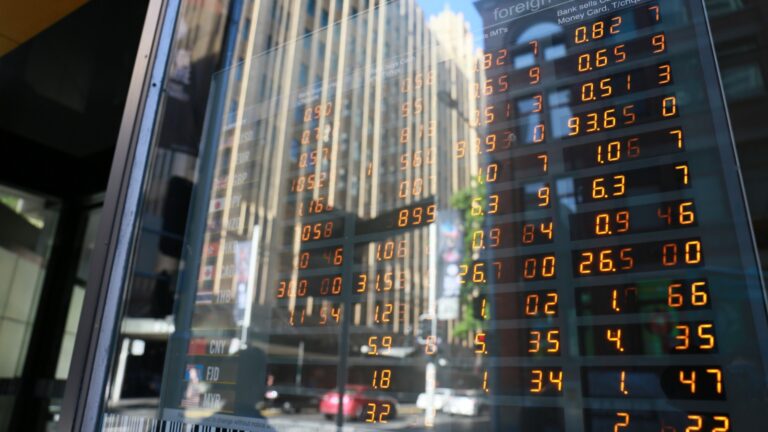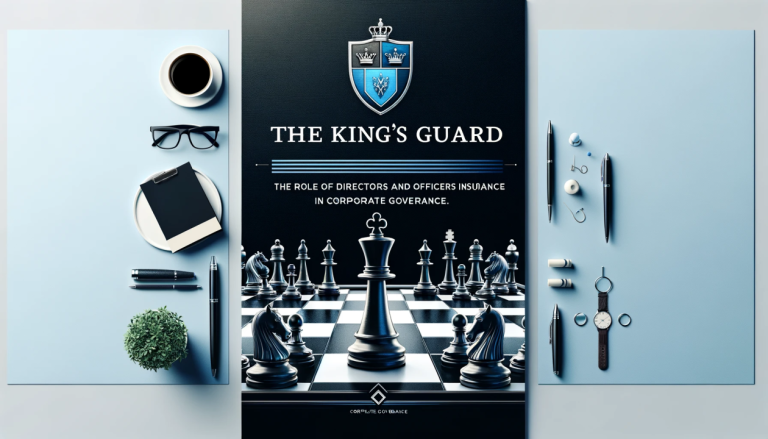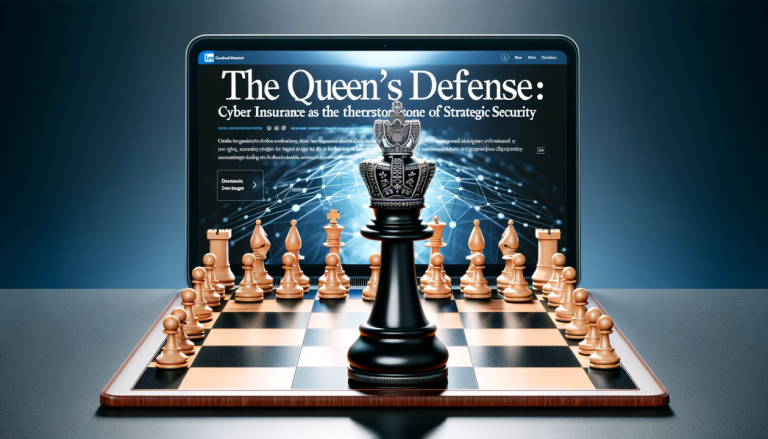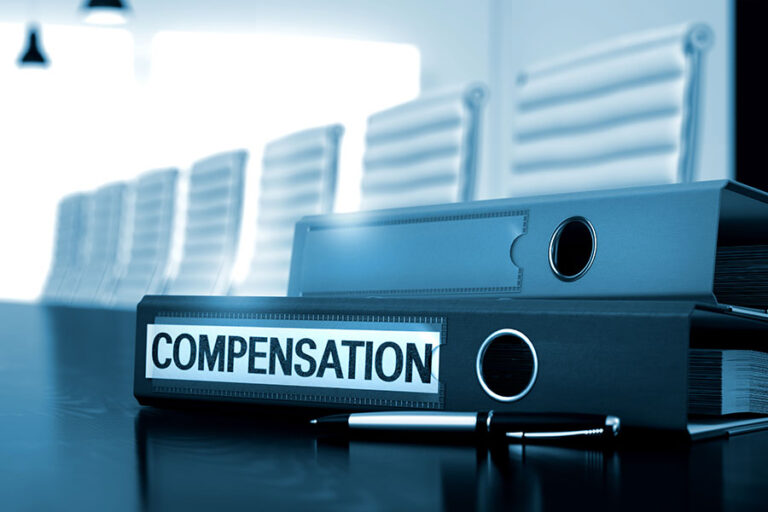Typical Price Ranges and Averages
For small businesses and freelancers, media liability insurance can be quite affordable. Many independent authors, bloggers, or small marketing firms might pay between $500 and $2,500 per year for a basic policy with standard coverage limits. This translates to roughly $40–$200 per month for coverage around $1 million – a modest expense relative to the legal risks involved in publishing content. For example, a solo freelance writer with moderate exposure might secure a policy for about $600 annually, whereas a small advertising agency could pay around $1,500–$2,000 per year for higher coverage limits.
Mid-sized media companies (such as regional publishers, production companies, or growing digital media startups) will typically see higher premiums, in the range of $3,000 to $10,000+ per year. A company that produces a larger volume of content or has a broader audience (and thus greater exposure) might pay $5k–$8k annually for a $1–2 million policy. Costs tend to scale with the scope of operations – as the potential impact of a content-related lawsuit grows, insurers charge more to cover that risk.
For large media organizations or high-risk content businesses, costs can increase substantially. National broadcasting networks, major publishers, or film studios often pay tens of thousands of dollars per year in media liability premiums. A large publishing house or TV network, for instance, could spend $20,000–$50,000 annually (or more) to insure their extensive content output with multi-million dollar coverage limits. These higher costs reflect the greater legal exposure and the desire for higher policy limits to protect significant assets.
It’s important to note that these figures are ballpark ranges. Media liability insurance is typically customized to each insured, so premiums can vary outside of these ranges based on specific circumstances. For instance, one industry survey in the U.S. found median costs around $70–$80 per month for media liability coverage for small media and advertising businesses – roughly $1,000 per year – but your own quote could be lower or higher. In the U.K. or other markets, premiums might be quoted in local currency and tailored to local legal environments (e.g. U.K. media firms might find policies starting around a few hundred pounds annually for basic cover). Always keep in mind that insurance market conditions can also influence pricing; if there’s a surge in media-related lawsuits industry-wide, rates may harden and trend upward, whereas periods of fewer claims could lead to more competitive pricing.
Factors Affecting Media Liability Premiums
Several key factors drive the cost of media liability insurance:
- Size of Business and Reach of Content: The more content you produce and the larger your audience, the higher the potential liability. Insurers will ask about your company’s revenue, number of viewers/readers, or client count. A larger media company with a broad distribution (national or international reach) is seen as higher risk than a small local blog. For example, a podcast network with millions of listeners faces greater exposure than a niche newsletter with a few hundred subscribers, and premiums will reflect that difference.
- Type of Content and Industry: What you publish significantly impacts cost. High-risk content – such as investigative journalism, controversial subject matter, or content that critiques powerful figures or organizations – tends to raise premiums because it has a greater chance of triggering defamation or privacy lawsuits. Similarly, the industry or genre you operate in matters. A media company specializing in political news or celebrity gossip (where libel or privacy claims are common) might pay more than one focusing on, say, routine business advice or technical writing. If you’re an entertainment production company using lots of third-party material (music, film clips, etc.), the risk of copyright claims is higher, leading to higher premiums. Insurers evaluate the media sector you operate in and adjust costs accordingly.
- Coverage Limits and Deductibles: The amount of coverage you choose has a direct impact on price. Higher policy limits cost more. A policy that provides $2 million in coverage will cost roughly double that of a $1 million policy (insurers often offer some discount for higher limits, but it’s generally proportional to the coverage increase). Likewise, the deductible (self-insured retention) you agree to pay on any claim will affect premium. Opting for a higher deductible – meaning you would pay more out of pocket in the event of a lawsuit before insurance kicks in – can lower your premium. Conversely, a low deductible policy (where the insurer covers almost all legal costs from the start) will be more expensive. Companies can often save on premium by taking on a slightly higher deductible if they are comfortable handling a certain amount of legal expense themselves for smaller claims.
- Risk Management and Content Review Practices: Insurers take into account how well you manage your content risk. When you apply for media liability coverage, underwriters will typically ask if you have procedures like fact-checking, legal review, or clearance processes for your content. Demonstrating strong editorial controls – for instance, having an attorney review articles before publication, using release forms for interviewees, or running plagiarism checks – can favorably influence your rate. From the insurer’s perspective, good risk management means lower likelihood of a lawsuit or a better defense if one occurs. Businesses that can show they take these precautions may receive lower premiums than those with a more cavalier “publish first, deal with consequences later” approach.
- Claims History: As with any liability insurance, your claims history will impact cost. If you or your company have faced media-related lawsuits or complaints in the past, insurers see a signal of higher risk. A publisher that has been sued for libel before, or an influencer who was previously involved in an intellectual property dispute, may be quoted a higher premium (or offered coverage with specific exclusions) compared to someone with a clean record. On the other hand, if you have no history of claims and a long track record of responsible publishing, you’ll be viewed more favorably. Insurers often ask whether you’ve ever had media liability insurance canceled or non-renewed, or if you’re aware of any potential issues that could give rise to a claim – honesty in these disclosures is critical to avoid problems down the line.
- Geographical Scope and Jurisdiction: The regions in which your content is distributed and the legal jurisdictions you operate in can affect cost as well. International exposure (publishing content that reaches multiple countries) may increase premiums because it means navigating multiple sets of laws (for example, defamation laws in the U.K. are stricter than in the U.S., so a U.S. publisher with a big U.K. audience could face higher risk). If you are seeking worldwide coverage – ensuring your policy will respond to lawsuits filed in any country – this broad protection can come at a higher price. Insurers might adjust premiums based on specific country risk; for instance, media companies operating in the U.S. (often seen as a highly litigious environment for media) might have higher rates than those focused in regions with fewer lawsuits.
- Policy Terms and Optional Coverages: A broader policy will cost more than a very narrow one. Some media liability policies offer optional add-ons, such as cyber liability extensions (covering online content hacking or data breaches related to media activities) or personal appearance coverage (for claims arising from things said in live interviews or panels). Each additional coverage or endorsement can raise the premium. If your business needs specialized protection – say, coverage for advertising injury beyond standard libel, or coverage for defense against regulatory investigations related to content – these enhancements will have pricing impacts. Conversely, if you tailor your policy to exclude exposures you definitely don’t have, you might save some money. The key is balancing getting sufficient protection with not paying for coverage that isn’t relevant to your operations.
Finally, market conditions influence cost. In periods when insurers have paid out numerous media liability claims (for example, a surge of high-profile lawsuits against publishers or an era of aggressive litigation), premiums across the board may rise. We’ve seen insurers occasionally pull back or tighten underwriting for media policies when litigation spikes – for instance, a couple of insurers even exited the media liability market recently due to increasing claims costs. This reduction in competition can lead to higher prices from the remaining carriers. On the flip side, if claim trends are low and more insurers are eager to write media business, rates can soften. It’s wise to stay informed about insurance market trends or work with a broker who can advise if it’s a “hard market” (higher rates) or “soft market” (more competitive rates) for media liability at a given time.
Balancing Cost with Value
While media liability insurance has a cost, it’s crucial to view it in context. A single defamation or copyright lawsuit can easily rack up tens of thousands of dollars (or more) in legal defense fees, even if you ultimately win the case. Without insurance, a business or individual would have to pay those expenses out-of-pocket, which could be devastating. The annual premium for a media liability policy is typically a tiny fraction of what one significant lawsuit would cost to fight.
For example, consider a freelance journalist who spends $800 a year on a libel insurance policy. That $800 buys peace of mind and coverage for potentially hundreds of thousands in legal defense if an article sparks a lawsuit. Similarly, a marketing firm might budget $1,500 a year for media liability coverage; in return, they know that if a client or competitor drags them into court over an advertising campaign, they won’t have to foot the entire bill alone. In essence, the insurance premium is buying you a legal defense team and financial backstop in case something goes wrong with your content.
It’s also worth noting that media liability insurance can sometimes be packaged or adjusted to save on costs. Some small businesses opt for a Media Liability endorsement on a professional liability policy or include it in a broader errors & omissions package. Depending on the insurer, bundling coverages might be more economical than buying separate standalone policies. Always ask your broker or insurance provider about options – the “best” solution cost-wise could be part of a combined policy if that fits your situation.
Getting the Best Rate on Media Liability Coverage
To keep your media liability insurance cost manageable, here are a few tips:
- Work with a knowledgeable broker: An insurance broker experienced in media and entertainment insurance can shop your risk to multiple carriers. Different insurers have different appetites – for example, some might specialize in covering journalists and offer better rates for freelance writers, while others excel in covering marketing agencies or broadcasters. A broker can present your application to the insurers most likely to offer competitive terms for your niche. They can also negotiate on your behalf or explain any higher quotes to see if adjustments can be made.
- Highlight your strengths: When applying, put your best foot forward. Mention any training, policies, or expertise that reduce risk. If you’ve hired a media lawyer to vet content, let the insurer know. If you carry certifications or memberships in professional associations (e.g. press clubs or media guilds) that promote ethical standards, include that information. Showing that you are a low-risk publisher can sometimes result in underwriters offering a lower premium or at least not adding loading for risk factors.
- Choose appropriate limits and deductibles: Don’t automatically purchase the highest limit “just because” – tailor it to your needs. If you realistically assess that a $1 million policy covers your worst-case exposure, you might not need a $5 million limit (which would cost much more). On the other hand, don’t underinsure (buying too low a limit) just to save a few dollars if it leaves you exposed to catastrophic loss – that defeats the purpose of insurance. Consider your risk tolerance for the deductible as well: taking a slightly higher deductible (say $10,000 instead of $2,500) can lower premiums significantly. Just be sure you could absorb that deductible expense if a claim happens.
- Maintain a clean record: Obviously, you won’t seek out a claim, but handling your content carefully to avoid lawsuits will keep your premiums low over time. If a minor dispute arises (like a takedown request or a cease-and-desist letter), resolving it amicably before it becomes a formal claim is beneficial. A history of zero claims makes renewal negotiations easier and often cheaper.
In summary, media liability insurance costs depend on your unique situation, but it is generally a good value considering the protection it provides. Many small media content creators can obtain coverage for well under $100 a month. Larger companies will invest more, but they also face greater potential losses. When budgeting for this insurance, weigh the premium against the very real financial harm a lawsuit could inflict. Most find that transferring the risk to an insurer – for a known annual cost – is far preferable to gambling that no one will ever sue over something you’ve published.
The Bottom Line on Cost vs. Protection
A media liability policy is a financial safety net. Paying for insurance is far more predictable and manageable than facing an unpredictable multi-million dollar lawsuit on your own. Companies and professionals that create content should view media liability coverage as an essential operating expense, much like any other business insurance. Yes, it adds to your costs, but it also ensures that one mistake or accusation doesn’t cripple your finances or destroy your business. The cost of media liability insurance is ultimately the price of peace of mind in today’s lawsuit-prone media environment. By understanding the factors that affect your premium and working with the right partners, you can secure affordable coverage that safeguards your creative efforts and reputation for the long run.
Closing Summary: Media liability insurance cost is influenced by numerous factors – from the scale and nature of your content to the limits you choose – but it is generally a modest expense compared to the potentially ruinous costs of facing a media lawsuit without coverage. Small businesses might pay only a few hundred dollars a year, whereas large media firms invest more for extensive protection. By carefully managing your risks and shopping for the right policy, you can keep premiums reasonable. In the end, the value of media liability insurance far outweighs its cost: it buys you expert legal defense and financial protection, allowing you to create and publish with confidence. Investing in this coverage is a prudent step to ensure that the high cost of litigation never catches you unprepared.






